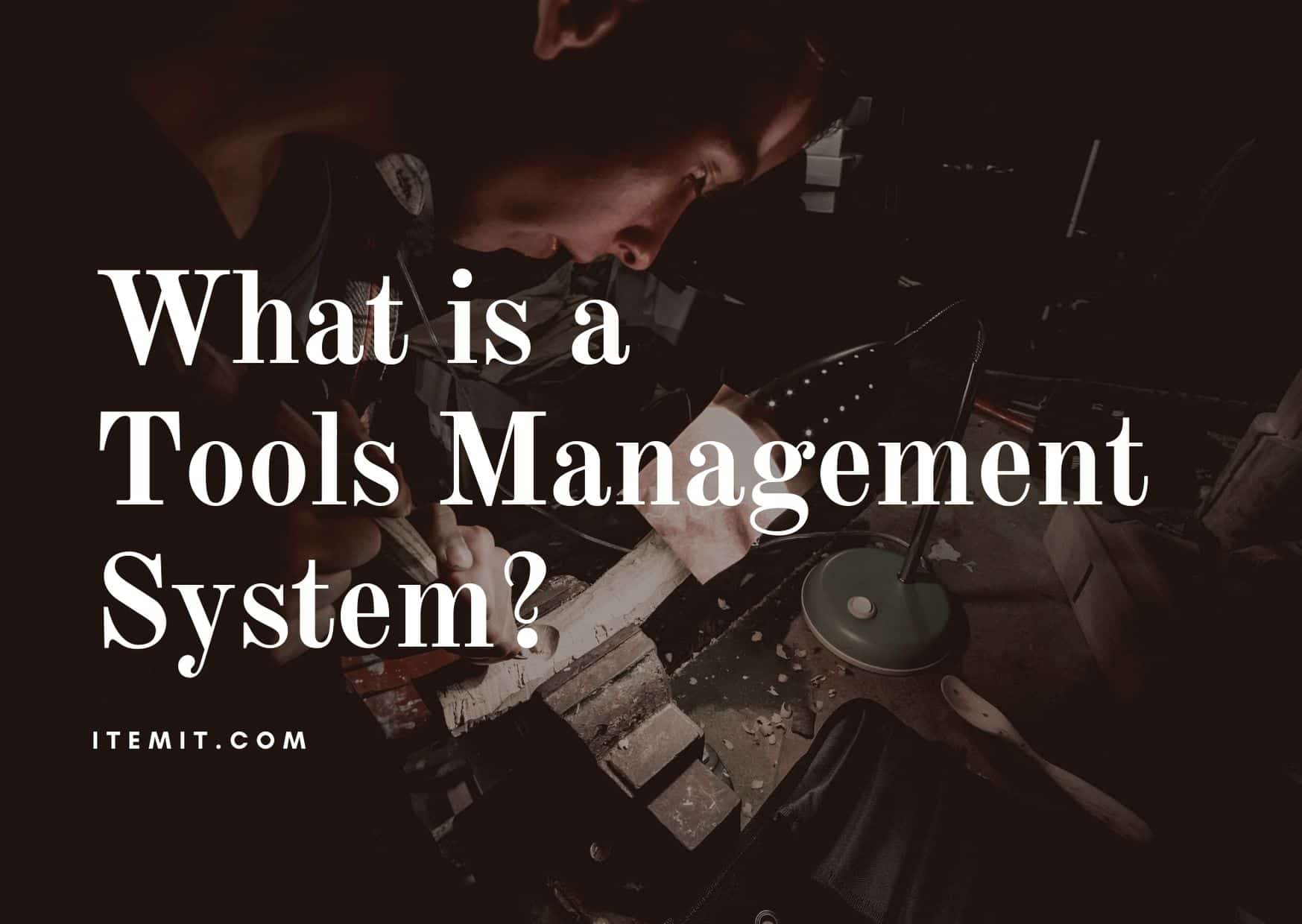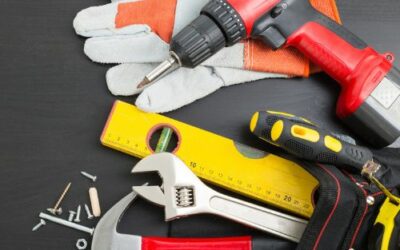
If you’re looking for tool tracking and equipment management, you’ll want to implement a tool management system.
What is a tool management system? In a nutshell, a tool management system is something that can help you track and manage your tools and equipment to increase accountability and make sure you know exactly what inventory the business has, its condition and its availability.
How does a tool management system work? How does it save you time and money? It’s quite simple.
What is a Tool Management System?
A tool management system is a set of systems you have in place to monitor tool use and movement. Most often, tool tracking is monitored and managed with the use of a handy app and web portal.
In practice, a tool management system is a register of all of your tools and equipment that largely automates the visibility of what’s happening with your tools.
With the use of helpful asset tags, whether you’re using QR tags, RFID labels, barcodes, or GPS tagging, all it takes is a scan or a check in your app to update asset location.
This scan will, in turn, record the user that scanned the equipment and create an audit trail against each of your individual tools.
How Tool Tracking Improves your Business’ Processes
How does a tool management system help? What’s the point of scanning equipment and updating its last known user and location?
There are many areas where this will help your business, but we’ve condensed them into four main ones.
Accountability and Responsibility
Integrating a tool tracking system creates an effective audit trail. This audit trail will grow with every scan.
Instantly, accountability over your assets is improved. Knowing where they were last and who had them last is always helpful when it comes to finding your assets. Additionally, assets that are closely monitored are less likely to be lost or stolen.
This audit trail is also incredibly helpful for insurance and compliance reasons. Being able to create customised reports which show the full range of your tool tracking efforts makes any financial process faster and more manageable.
In turn, scanning and controlling assets and tools also improves responsibility over assets. As each tool has an individual process, it no longer becomes “just another spanner,” but instead a unique piece of critical equipment.
Cost
The improved accountability and responsibility also improves your cost-effectiveness when it comes to tracking your tools.
Being able to find misplaced equipment and avoiding the chance of purchasing duplicates and having ghost and zombie assets on your fixed asset register will put a smile on your face at the end of every financial audit.
Transparency
The transparency tool management and tracking creates also helps you quickly see how economical all of your tools are.
If a tool needs consistent maintenance, quickly seeing a historical record of this allows you to make a speedy financial decision that it’s perhaps more economical to write the tool off.
Transparency also assists with customer service, as if you’re leaving your equipment on site, being able to book equipment out helps you see exactly when it needs to be retrieved.
Speed
All of these factors ultimately also improve your speed. Not only in terms of your workforce, but also in terms of financial processes.
If you spend less time searching for tools, if retrieval teams are more effective, and if financial and maintenance information is transparent and instantly viewable, your business can run its other processes at a greater speed.
All in all, a tool management system will help with your scalability.
To find out more about how itemit can help your tool tracking processes, you can contact us or fill in the form below.
Start Managing your Tools Today

Try itemit
Choose a better way to track
your assets.
Start your free 14-day trial now!

Keep Learning
itemit Blog
Tips, guides, industry best practices, and news.
Why Your Library Needs Asset Tracking Software
Your library needs a tracking system so you know where your inventory is all of the time. Discover why an RFID asset tracking system is ideal!
How To Switch To Asset Tracking Software
Have more than a few assets and want to have more control over them? Read this post to find out how asset tracking software can help!
Tool Maintenance Made Easy
Would you like to keep your tools in a better condition? read this post now to find out how using pre-emptive maintenance can help!

